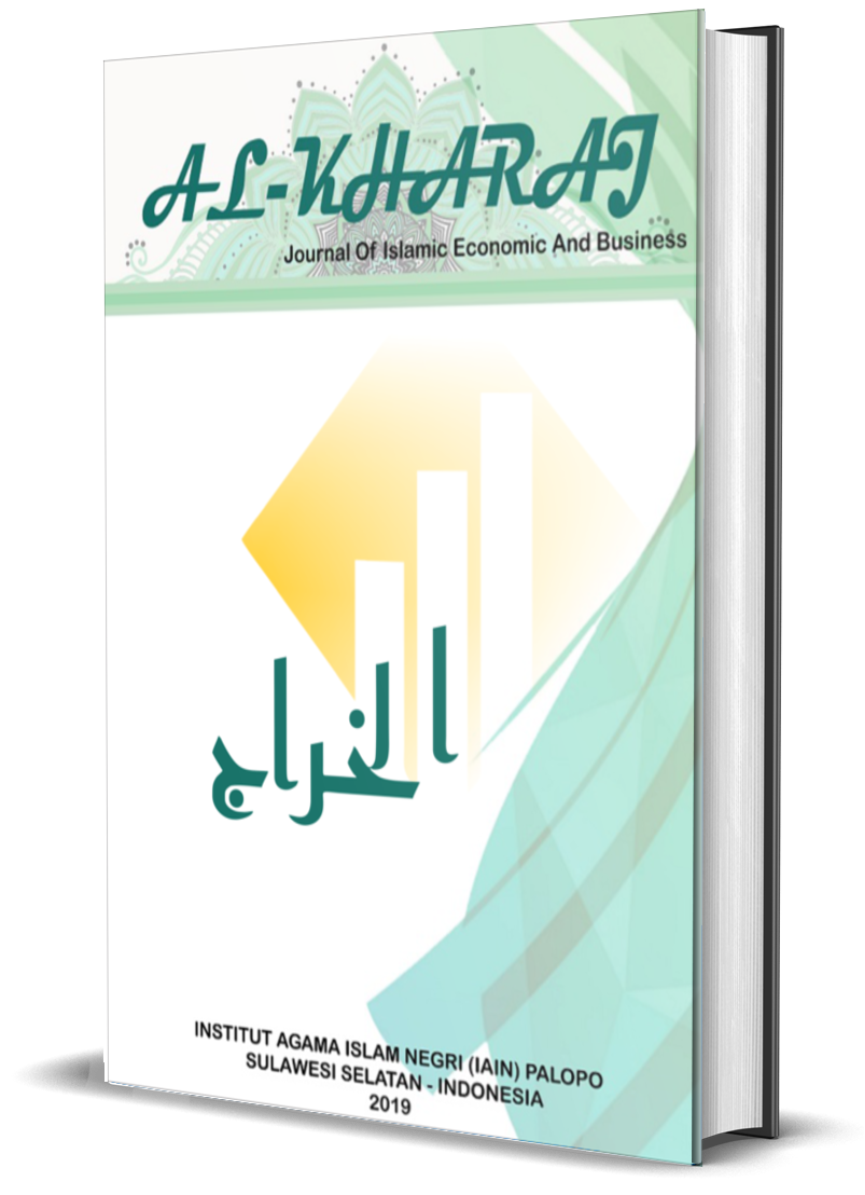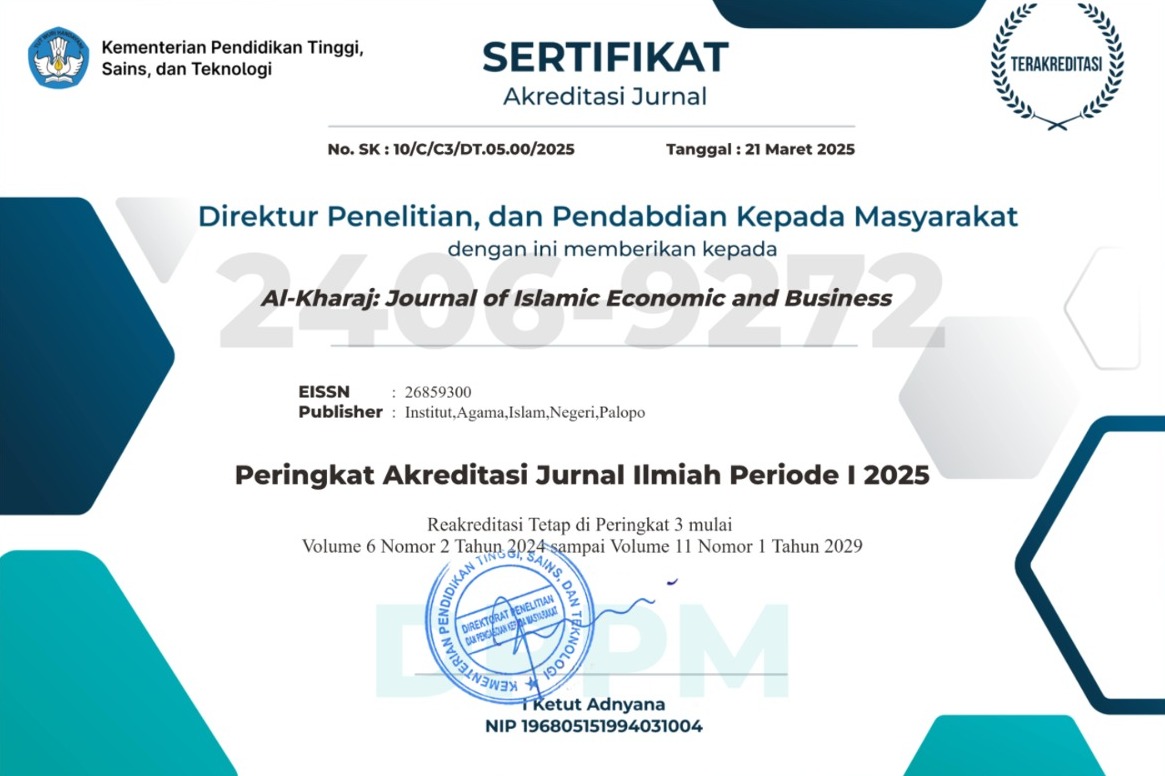Occupational Safety Risk Analysis in Onshore and Offshore Pipe Coating Processes at Wasco Coating Middle East
DOI:
https://doi.org/10.24256/kharaj.v7i3.7707Keywords:
Risk Analysis, K3, Onshore and Offshore.Abstract
This study aims to analyze occupational safety risks in the onshore and offshore pipe coating process at Wasco Coating Middle East. The approach used is descriptive qualitative with data collection techniques through in-depth interviews, field observations, and documentation. Informants consisted of field workers, supervisors, and HSE officers selected purposively. Data analysis was conducted using the Miles and Huberman model, including data reduction, data presentation, and conclusion drawing. The results show that the main risks in the coating process include exposure to hazardous chemicals, high noise, potential physical accidents, and ergonomic risks. Although the company has implemented an occupational safety system, its effectiveness is still influenced by worker compliance, production pressure, and the complexity of the offshore project. This study recommends strengthening the safety culture and increasing risk-based training to reduce the potential for workplace accidents.
References
Al-Ghamdi, A., Al-Harbi, S., & Al-Malki, A. 2020. Occupational Health and Safety in Pipeline Coating Industry: A Risk-Based Assessment Approach. Journal of Occupational Safety and Health, 18(3), 210–225.
Amiruddin, R., Abdullah, M. R., & Noor Bakri, A. (2025). The Influence of e-WOM, Fashion Trends, and Income on the Consumption Style of the Muslim Community in Palopo City: A Quantitative Analysis. El-Qist: Journal of Islamic Economics and Business (JIEB), 14(2), 185–205. https://doi.org/10.15642/elqist.2024.14.2.185-204
Arno, A., & Mujahidin, M. (2024). Enhancing Zakat Management: The Role of Monitoring and Evaluation in the Amil Zakat Agency. Jurnal Economia, 20(3), 397-418. doi:https://doi.org/10.21831/economia.v20i3.53521
Fiqran, M., Mujahidin, M., Bakri, A. N., & Abdulrahman, A. J. A. (2024). Motivation for Waqf in Millennials and Generation Z: Highlighting Religiosity, Literacy and Accessibility. IKONOMIKA, 9(2), 309-332.
Goetsch, DL 2019. Occupational Safety and Health for Technologists, Engineers, and Managers (9th ed.). Pearson Education.
Hallowell, MR, & Gambatese, JA 2009. Construction safety risk mitigation. Journal of Construction Engineering and Management, 135(12), 1316–1323. https://doi.org/10.1061/(ASCE)CO.1943-7862.0000107
International Labor Organization (ILO). 2022. Safety and Health at the Heart of the Future of Work: Building on 100 Years of Experience. Geneva: ILO Publications.
Ishak, I., Putri, Q. A. R., & Sarijuddin, P. (2024). Halal Product Assurance at Traditional Markets in Luwu Raya Based on Halal Supply Chain Traceability. Amwaluna: Jurnal Ekonomi dan Keuangan Syariah, 8(2), 224-240.
ISO. 2018. ISO 45001:2018 - Occupational health and safety management systems — Requirements with guidance for use. International Organization for Standardization.
K, A. ., Astuti, A. R. T. ., & ., Mujahidin. (2024). The Impact of Word of Mouth and Customer Satisfaction on Purchase Decisions: The Role of Maslahah as an Intervening Variable in the Cosmetic Products Industry in Indonesia. Journal of Ecohumanism, 3(7), 1525–1540. https://doi.org/10.62754/joe.v3i7.4307
Kjellén, U. 2000. Prevention of Accidents through Experience Feedback. London: Taylor & Francis.
Majid, N. H. A., Omar, A. M., & Busry, L. H., Mujahidin Reviving Waqf In Higher Education Institutions: A Comparative Review Of Selected Countries. European Proceedings of Social and Behavioural Sciences.
Meilany, R., Fasiha, F., & Moalla, M. (2025). The Role of Interest as a Mediator in The Relationship of Knowledge and Islamic Financial Inclusion to The Loyalty Costumers of Non-Muslim. IKONOMIKA, 10(1), 1-24.
Miles, MB, Huberman, AM, & Saldaña, J. 2019. Qualitative Data Analysis: A Methods Sourcebook (3rd ed.). Thousand Oaks, CA: Sage Publications.
Mujahidin, Rahmadani, N., & Putri, Q. A. R. (2024). Analysis of the Influence of Religiosity Values In Reducing Consumptive Behavior in Indonesian Muslim Consumers. Amwaluna: Jurnal Ekonomi dan Keuangan Syariah, 8(2), 253-274.
Putri, Q. A. R., Fasiha, F., & Rasbi, M. (2024). Affiliate marketing and intention to adopt mudarabah: The mediating role of trust in Islamic financial decision-making. JEMA: Jurnal Ilmiah Bidang Akuntansi Dan Manajemen, 21(2), 337–362. https://doi.org/10.31106/jema.v21i2.23381
Rahim, ARA, & Mohd, SI 2018. Influence of Safety Culture on Occupational Accidents in the Construction Industry. Safety Science, 105, 208–215. https://doi.org/10.1016/j.ssci.2018.02.029
Ridley, J., & Channing, J. 2008. Safety at Work (7th ed.). Butterworth-Heinemann.
Sapsuha, M. U., Alwi, Z., Sakka, A. R., & Al-Ayyubi, M. S. (2024). Review of Gold Trading Practices on Credit (non-Cash) Based on Hadith. Al-Kharaj: Journal of Islamic Economic and Business, 6(3).
Singh, J., Kumar, R., & Tewari, A. 2021. Risk Management in Oil and Gas Pipeline Coating Operations. International Journal of Industrial Safety, 9(1), 34–47.
Suma'mur, PK 2012. Corporate Hygiene and Occupational Health (Hiperkes). Jakarta: Sagung Seto.
Wulandari, S., Irfan, A., Zakaria, N. B., & Mujahidin. (2024). Survey Study on Fraud Prevention Disclosure Measurement at State Islamic Universities in Indonesia. IQTISHODUNA: Jurnal Ekonomi Islam, 13(1), 327–348. https://doi.org/10.54471/iqtishoduna.v13i1.2305
Zhou, Z., Irizarry, J., & Li, Q. 2022. Smart sensor-based risk detection in offshore construction: A case study in pipe-laying safety. Automation in Construction, 137, 104244. https://doi.org/10.1016/j.autcon.2022.104244.
Downloads
Published
How to Cite
Issue
Section
Citation Check
License
Copyright (c) 2025 Edy Kurniawan, Syahrir, Nurianti HS

This work is licensed under a Creative Commons Attribution-ShareAlike 4.0 International License.
Authors retain copyright and grant the journal right of first publication with the work simultaneously licensed under a Creative Commons Attribution-ShareAlike 4.0 International License. In line with the license, authors are allowed to share and adapt the material. In addition, the material must be given appropriate credit, provided with a link to the license, and indicated if changes were made. If authors remix, transform or build upon the material, authors must distribute their contributions under the same license as the original.









